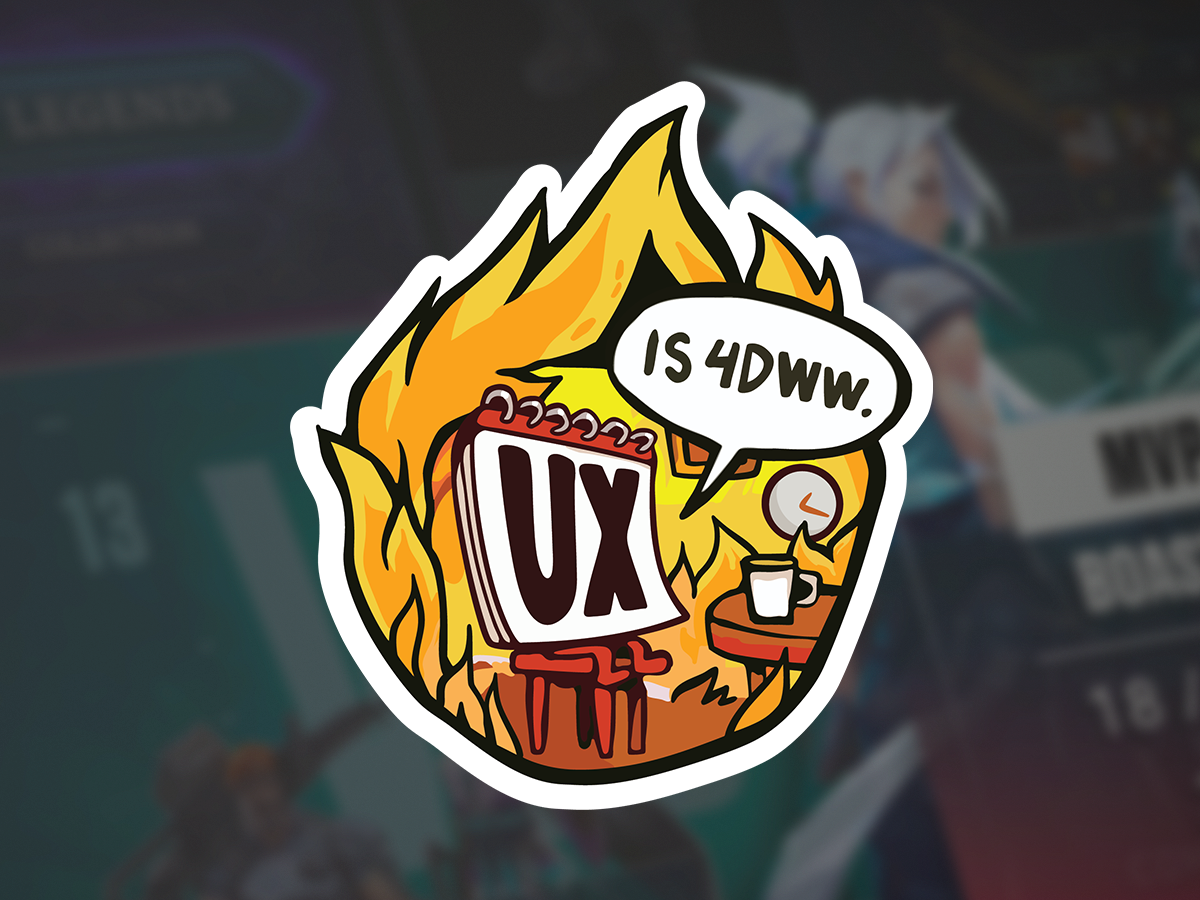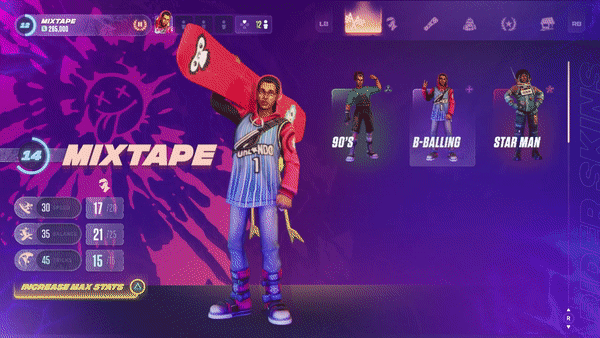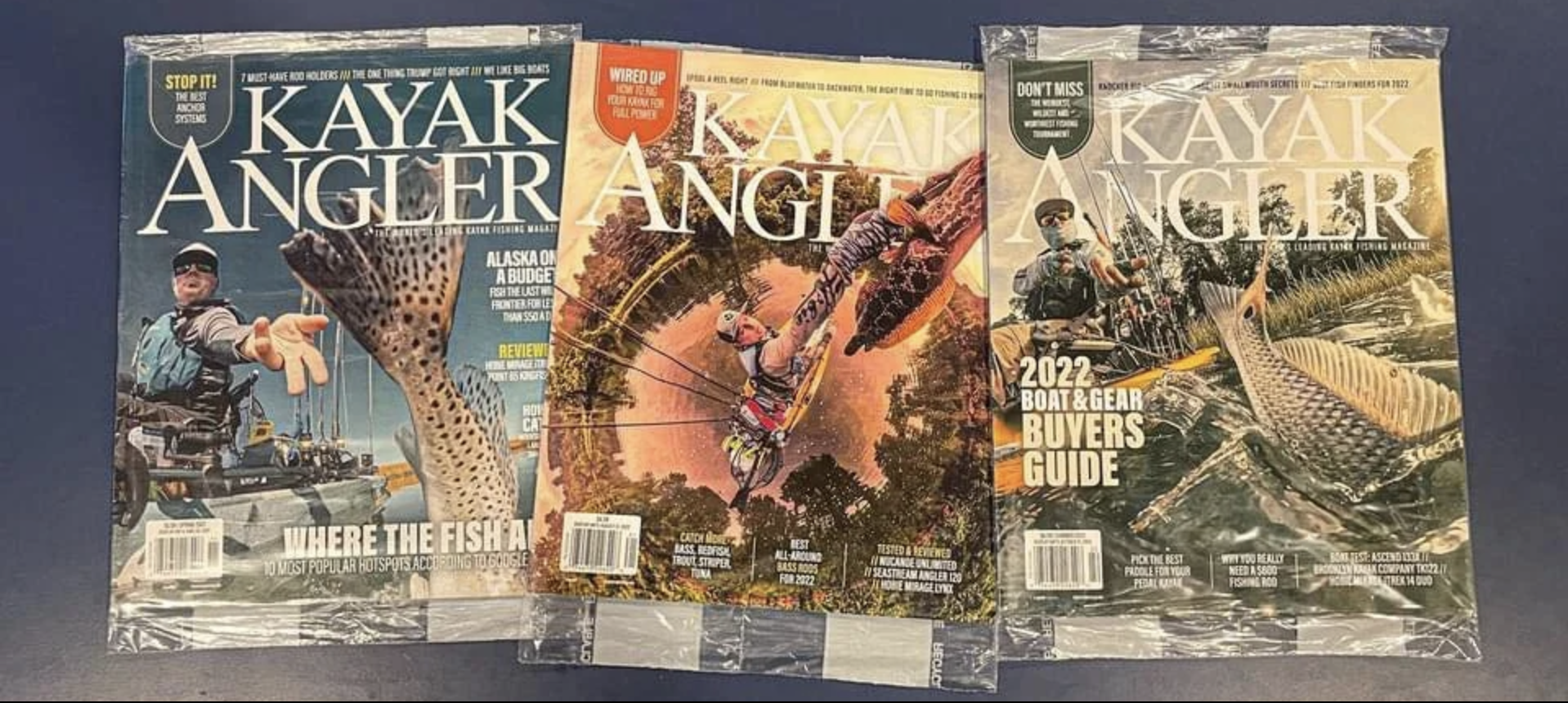Four Days, Better Work: UX is Fine’s 4-Day Work Week
Back in the spring of 2022, a long drive from Virginia to Baltimore sparked a studio-wide conversation. A few hours of 4DWW podcasts led to a call with Cat Smith, UX is Fine’s Director of Operations, where we unpacked every pro and con we could imagine. What started as a curious idea between the two of us quickly became something larger.
Over the next several days, the leadership team explored the idea together. It was a shared discussion rooted in one belief: time is the one resource people can never replenish. A structure that respects time tends to strengthen both life and work, and a rested team does better work.
There was a real risk. We did not know if clients would accept it or expect a price reduction. We did not know if the math would hold once we factored in every Friday, every holiday, every vacation day, and every sick day. It added up to a notable number of days away from keyboards, and it felt like a genuine gamble.
We did not make the call in isolation. Once we understood the risks well enough to have a grounded conversation, we brought it to the team. Individual and small group discussions shaped the direction. People weighed pros and cons, poked holes, and helped us think through how it might work in practice.
Those conversations showed us that the team was open-minded, thoughtful in their questions, and willing to help refine the approach. Their willingness to explore it with us gave us confidence to take the next step. The momentum was encouraging, even though uncertainty remained.
The leap still felt risky well into the early months. We were confident in the team and in the mindset behind the idea, but confidence is not certainty. The potential upside was worth the risk. Over time, as the work stayed strong and the team stayed energized, those doubts eased. Each successful month made the next one easier to trust.
** As a small related side note that connects to all of this, I am writing this on a quiet Friday morning with a cup of coffee, no meetings, and no expectations. I am here because I want to refine this post, not because anyone asked me to. That sense of choice is one of the clearest outcomes of the 4DWW. When pressure lifts, professional pride and self-driven responsibility tend to rise in its place.
What 4DWW Means Here
Monday through Thursday are focused, intentional days. The week has structure, energy is protected, and the work feels purposeful.
Friday is entirely off—no standing meetings, no check-in culture, no mixed signals. People spend the day however they need, whether that is resting, running errands, seeing family, fishing, or diving into creative exploration. If someone chooses to use part of their Friday on something inspiring, that is a personal choice, never an expectation.
Why It Works for Clients
Clients notice the difference quickly. Rested, trusted people produce clearer, sharper work. Most partners see it within a week. We often hear things like, "There is so much here. It will take us a bit to review." That has become a familiar rhythm.
This system works because the results support it. A four-day structure only thrives when individuals understand the responsibility that comes with that trust. Our team does. That maturity fuels consistency, reliability, and a culture worth protecting.
The 4DWW also attracts people who are actively seeking this kind of environment. When you are transparent about how you work, you draw in those who know they will thrive in that rhythm.
The Rhythm That Brings It All Together
The week feels calmer and more focused. Everyone understands what needs to land by Thursday, which reduces drift and fatigue and creates a shared sense of momentum across the whole studio.
We also have a rhythm inside the studio that helps bring the week together, and one piece of it is a simple Thursday habit. Project teams often wrap up their week by sharing updates, wins, strategies, and shout-outs, taking a moment to celebrate one another before closing out the week.
Sometimes these shares are tied to internal initiatives. Sometimes they are reflections on process. Sometimes they are small moments of momentum worth celebrating. What matters is the feeling it creates. It gives each team a sense of what the week added up to and reinforces how much clarity and intention can fit within a Monday through Thursday structure.
Most importantly, it aligns with the core principle that makes the 4DWW work for us: celebrate the work, then genuinely step away from it. That separation is part of what keeps the system healthy.
Common questions we hear
We get a handful of recurring questions from people who are doing their due diligence and trying to understand how this actually works in practice. Sometimes there is surprise, or a sense that someone needs a clear explanation they can take back to their leadership. That is natural. This model is still unusual in our industry.
Is it four ten-hour days? Many try to map the 4DWW to a traditional forty-hour structure. Over time, we stopped trying to fit our approach into that frame. Our answer is straightforward: we do not count hours. We count results. Output, clarity, communication, and consistency are what we ask partners to judge us by.
Are you available on Fridays? Yes, when something urgent truly needs us. We do not vanish or disconnect entirely. We have escalation paths for unexpected situations, and clients know support is always there. But Friday is a real day off. We avoid standing meetings, and partners have consistently respected that boundary. On the rare occasion something slips through, it is usually the result of simple miscommunication rather than expectation. When that happens, we address it quickly through open, transparent conversations among leadership teams to prevent it from recurring. Clients are often apologetic, and they also learn that when something comes in late on a Thursday, the default becomes, "let’s talk about this Monday."
Does productivity drop? No. It rises. Quality rises, too. We hoped that might be the case early on, but we did not fully believe it until we saw it consistently, year after year. As we refined our process and removed unnecessary friction, the system only grew stronger.
We are a UX-minded studio by nature, constantly iterating and asking whether something can be smoother or more humane. The 4DWW has benefited from that same mindset.
what we’ve learned
Everything comes back to trust. Creativity thrives when people feel supported and rested. Oversight and control do not create great work. Trust does.
This approach attracts people who align with this environment and seek the autonomy it provides. When you are transparent about how you work, you draw in those who know they will thrive within it.
We want to give people a clear path to grow, then trust them and provide them with the space to show what they can do. This team continues to prove that when creative people have freedom of schedule and rhythm, they honor it and build on it.
Four days made our work and our lives better. We intend to keep building on that. If you want a partner with rested minds, sharp craft, and a culture built on trust, we are here.
ABOUT THE AUTHOR
Dave Inscore is the Founder and President of UX is Fine, a UX and UI studio trusted by top game teams worldwide. He has worked in game development and art direction for over thirty years, and he teaches Concept Art at the Maryland Institute College of Art. When he is not in the studio, he is usually on the water chasing fish or behind a camera trying to land his next magazine cover.









